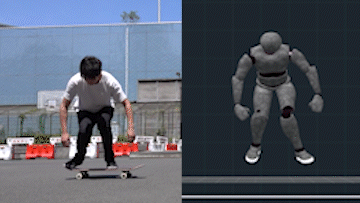Timing matters. When your Ollie becomes rocketed or low, that could be because of timing rather than a lack of muscles.
Think about it; you can pop the tail while standing on the ground. So if it becomes incredibly harder in an Ollie, there must be hidden science behind it. This time, we will study the timing of an Ollie from a scientific and physiological point of view. Trust me, what we will discuss today applies to many other tricks, too, whether it's a treflip or 360 pop shove-it or noseslide, or what so ever.
Common Mistakes
The difference between jumping and popping
We must first understand the difference between a jump and a pop to discuss timing.
Generally, a jump refers to taking off the ground with both feet and staying in the air. In this context, however, we define it as lifting your body's center of gravity from its original position. And we call it a jump even if your feet don't get off your board.
Conversely, a pop refers to kicking the tail down primarily with the back ankle. While jumping is lifting the body weight upwards, popping is about kicking the tail downwards.
It would help if you put them together in the correct order; you need to jump before you pop.

Breakdown of the Phenomenon
Effect on the board when you time it right
Gravity pulls your body toward the ground like any other object in this universe. Your body weight is distributed to your feet, and the pressure transfers to your wheels. Now, the ground pushes them back with the same energy so that you can stand on the ground.
To jump, first, you have to crouch down. As your body descends from standing to squatting, it gains downward acceleration. This is just the same phenomenon that happens to a falling object. By falling, your body exerts much more pressure on your board when it reaches the squatting position than when standing still.
Moving your board in this state is difficult, as your body weight pressurizes your board's nose. And this is why you have to jump before popping.

Movement until lifting body
To jump, you need to use both feet to counteract the downward acceleration you gained by squatting. Once you have exerted enough downward force, the ground pushes you back, and your body starts moving upward by itself due to the law of inertia. It's just like throwing a ball upward, continuing upward until it loses momentum. While your body's going upward, your board is no longer held back from your body weight, and you can lift the nose freely by popping the tail.
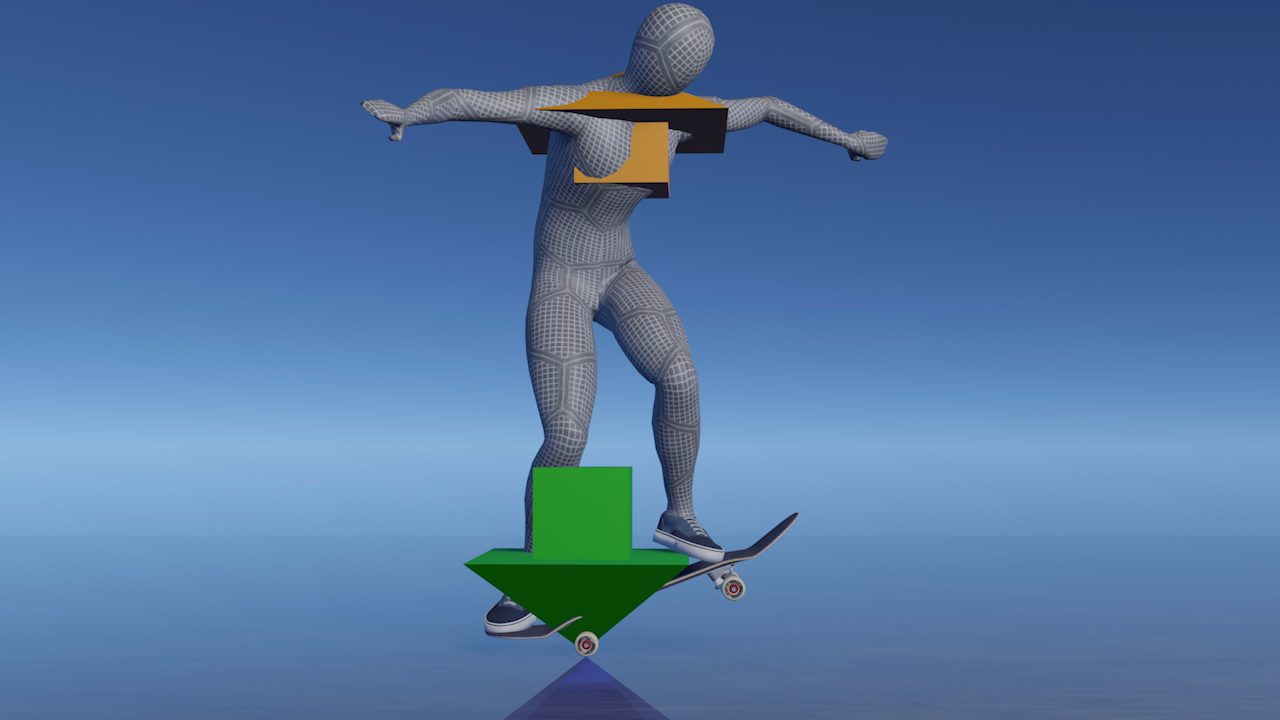
Proper timing of popping
However, even when your body starts rising, it is still not the right time to pop. As your lower body stay bent at this point, your muscles cannot generate their 100% potential strength.
Although you might be able to remove the pressure on your front foot without lifting your body so high as crouching down and up moves your body's center of gravity slightly upwards, the vertical downward force maximizes when you fully extend your hip joints, knees, and ankles simultaneously.
We will talk about how to practice it in a moment, but let's see what happens if you time it wrong first.

Effect on the board when you time it wrong
Perfect example of the wrong timing: The rocket Ollie
Simply put, it happens when you pop the tail without lifting your body or before lifting your body high enough.
Please imagine; by popping the tail, the board's angle increases. Without lifting your body's center of gravity, your front foot stays low. Ideally, your front foot should be dragging your board up. But when it stays low, the force of the nose pushes your front foot back as it comes up in an arc, resulting in a rocket Ollie.

Physiology of popping
Let us pause here and focus on the movement of muscles. By contracting the quadriceps muscles and extending your lower legs, you can acquire the power to push the ground to raise your body.
In other words, you must contract your quads as much as possible to maximize the power your legs push the ground. If your legs are straightened, that indicates you are doing so.
Conversely, if you don't fully extend your legs, you won't be able to push down the ground sufficiently, making it harder to secure the airtime.

Demerit of pulling the tail too far: you can't lift your body effectively
You may think you should fully extend your back leg when you pop, but please be careful; you can straighten it by kicking it out to the side. Indeed, depending on the angle of the kick, sometimes you should add a little pull to your pop so the nose bites into your front foot more. However, if you pull the tail too far, you won't be able to receive enough rebound from the ground, and you can't lift your body high enough.
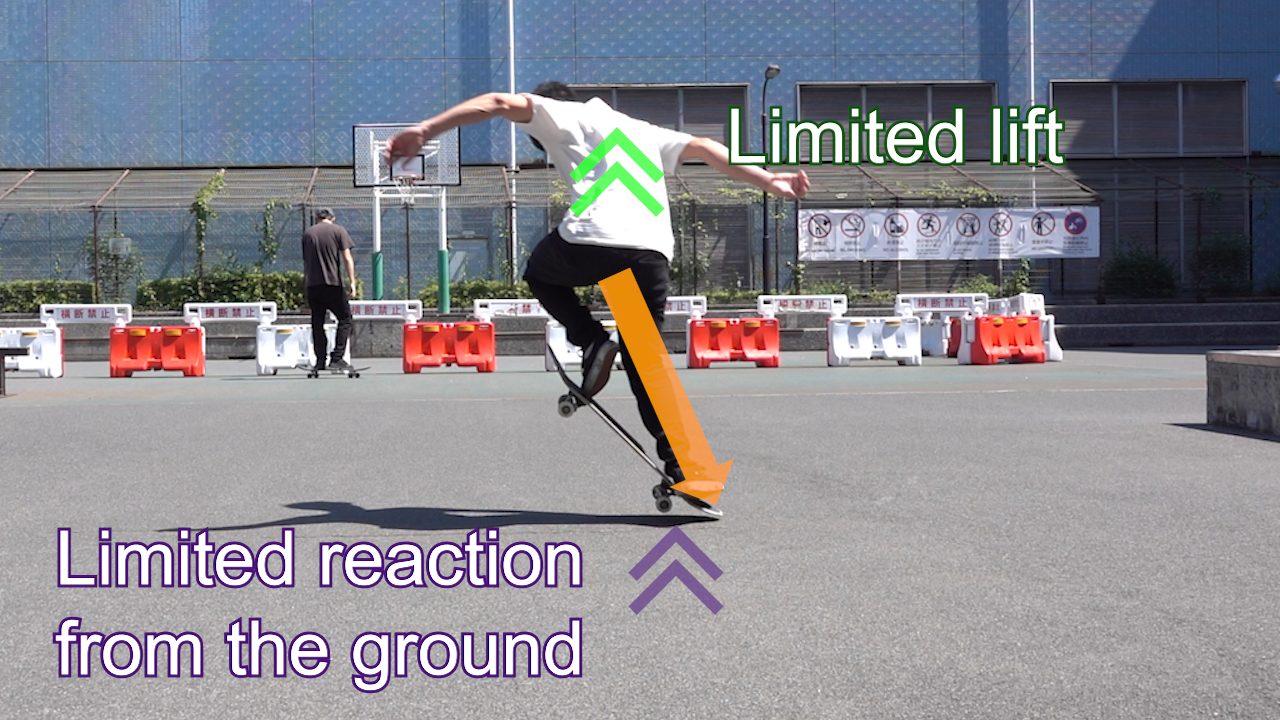
Demerit of pulling the tail too far: your board bites into your foot too hard
Also, when you pull the tail too far, your board's nose will overly press your front foot instead of popping up vertically, which also causes a rocket Ollie.
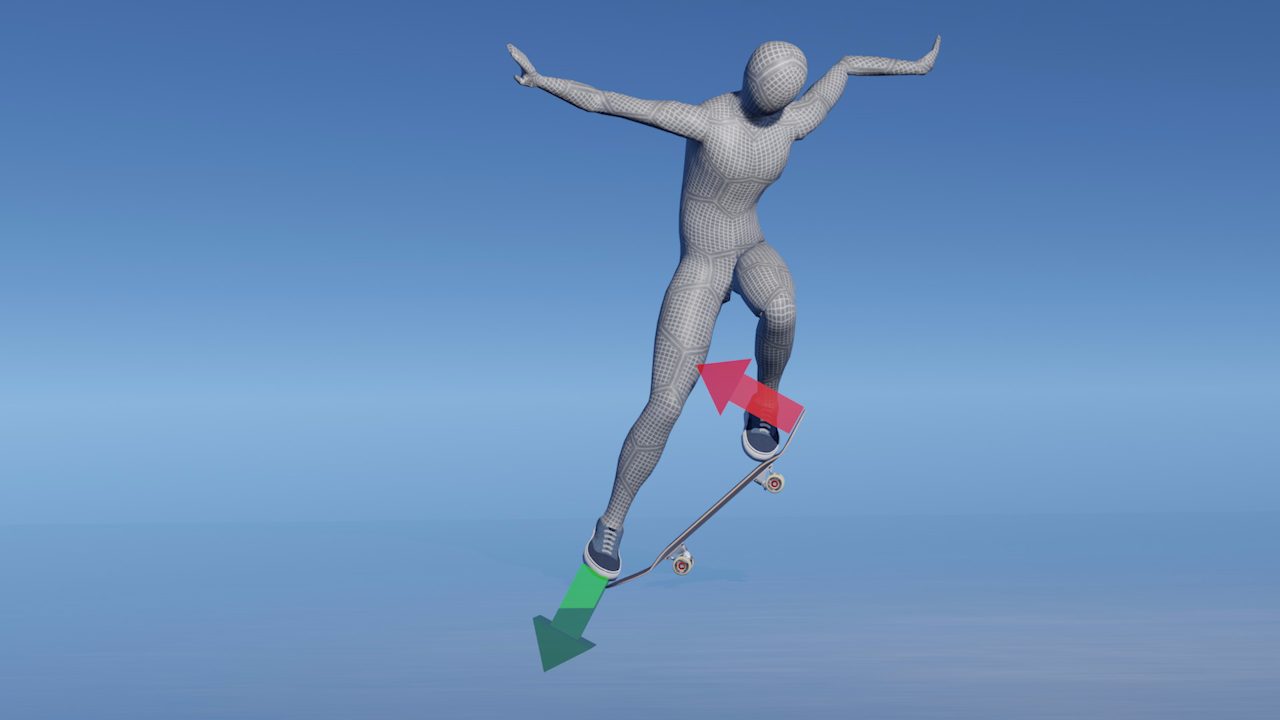
How to prevent the rocket Ollie
Apply a vertical force on both feet if your Ollie rockets. The repulsive force from the ground lifts your body and front foot and pops the board vertically; thus, you can avoid the problem that your board overly pressing your front foot.
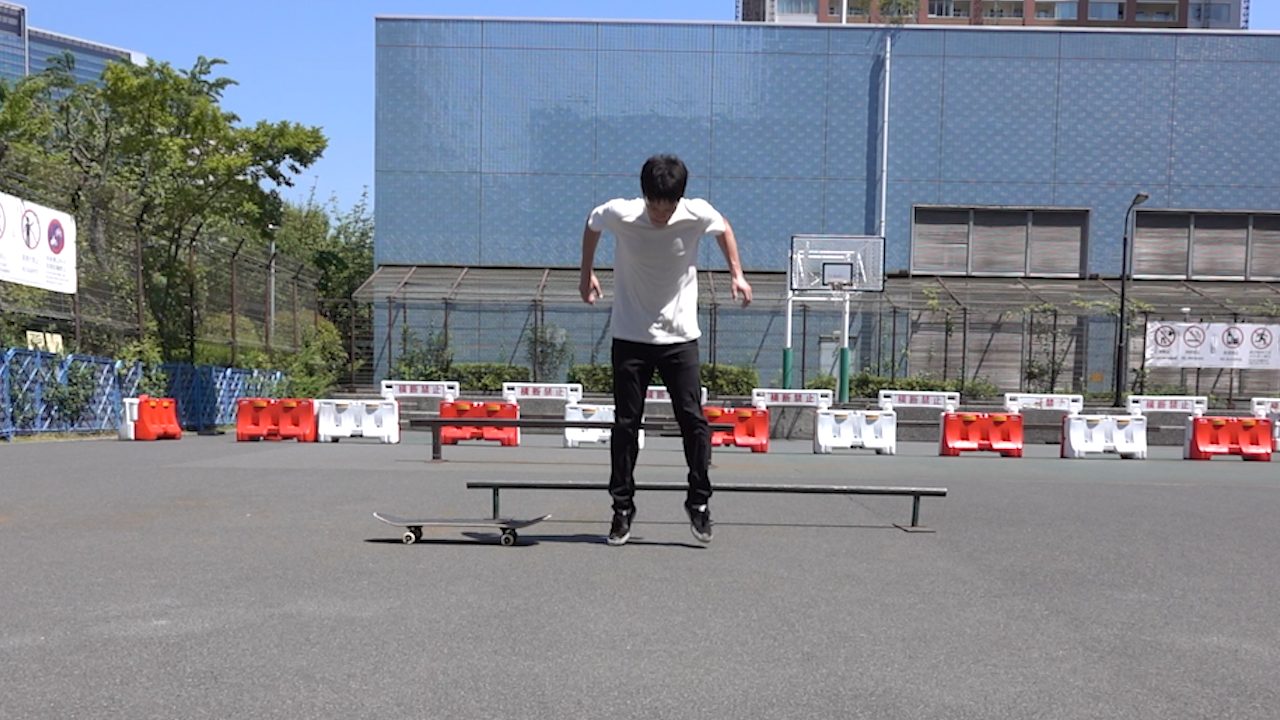
If you think you should pull the tail
Think about it this way; if your center of gravity is near the center of the board and the tail is on the back side, don't you think you will kick the board backward anyway? Ultimately you will have to adjust how hard you pull the tail, but I hope this gives you a different perspective.
By the way, if you want to bone your Ollie, I made a content that verifies the optimal angle of the front foot using a physics engine. Please take a look at it too.
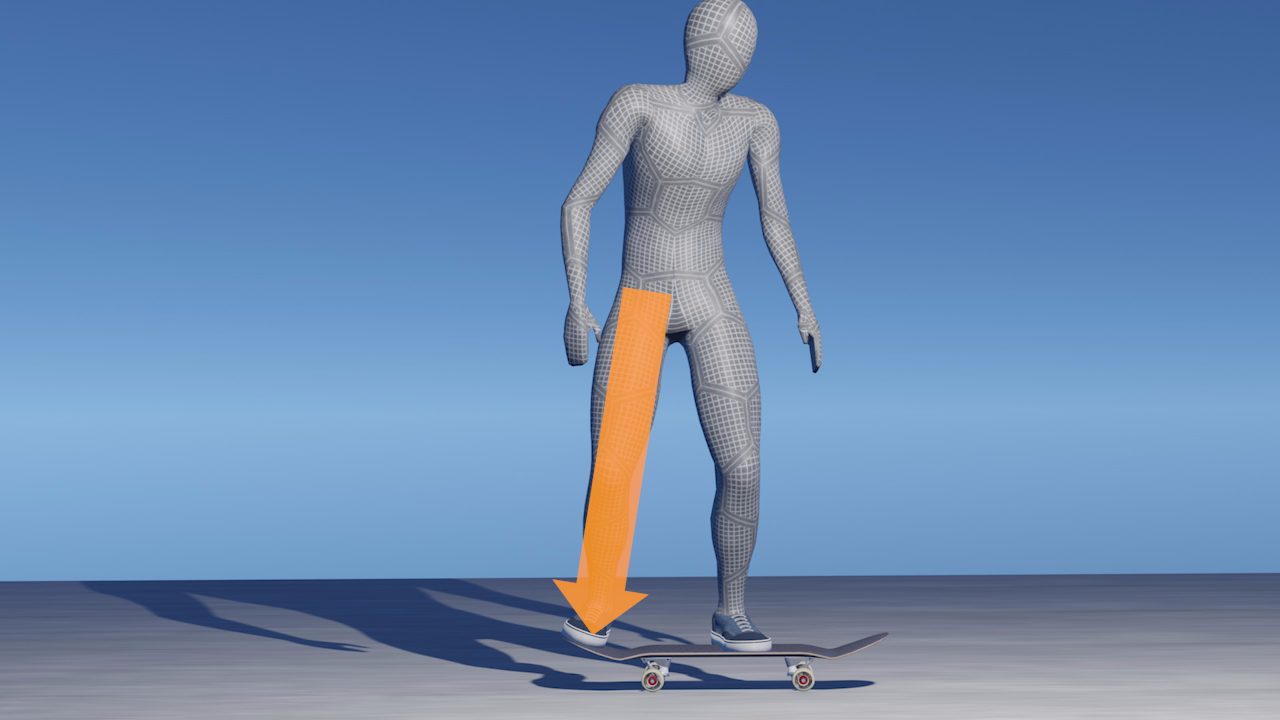
How to Ollie physiologically Step1
Crouch down
I recommend paralleling your shoulders to your board, especially when you want to Ollie higher. To extract your muscles' 100% capability, you should utilize the concept of "the Stretch-Shortening Cycle (SSC)," which is a physiological reaction where your muscles can generate more energy when you shorten them immediately after stretching them.
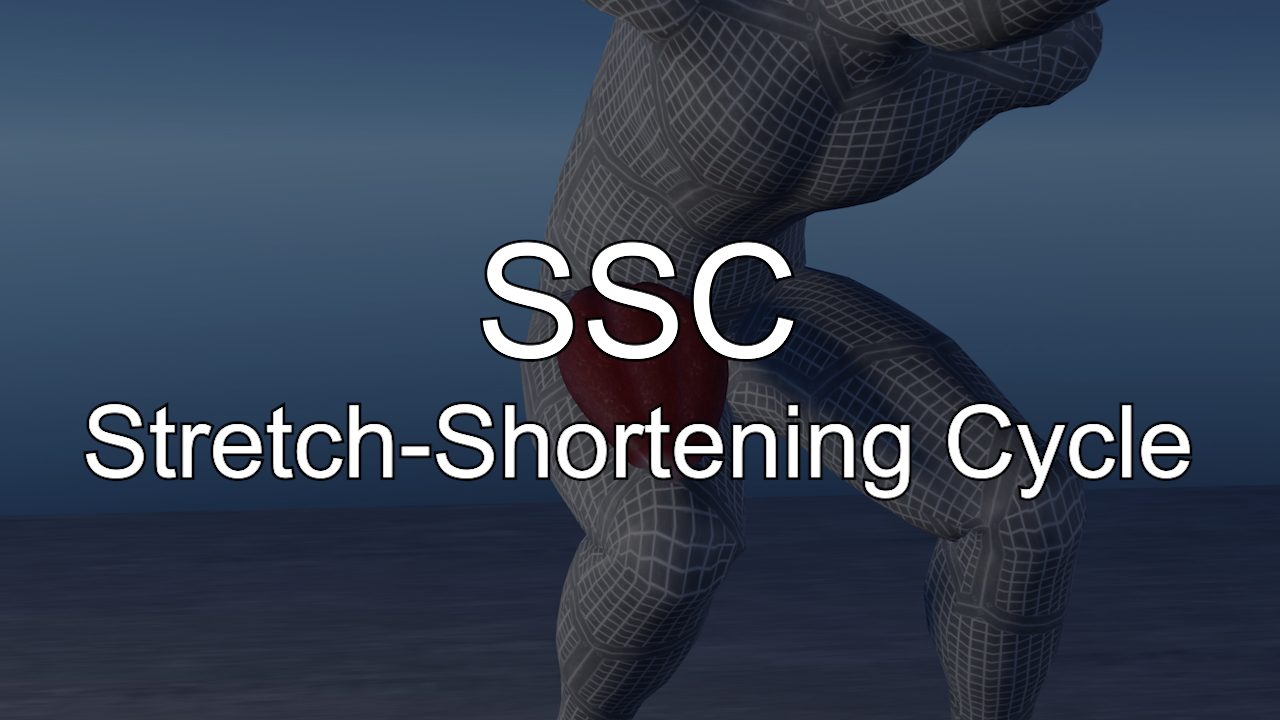
The lower you squat, the higher you can jump
Please try it for yourself; you should be able to jump higher right after crouching from a standing position than when you jump from an already-crouched position. The same muscles can generate more energy when you add a prior motion.
Studies say there's a statistical correlation between how low you squat and how high you can jump, as you can stretch the muscles you use to jump by squatting. So why not use this concept in an Ollie?
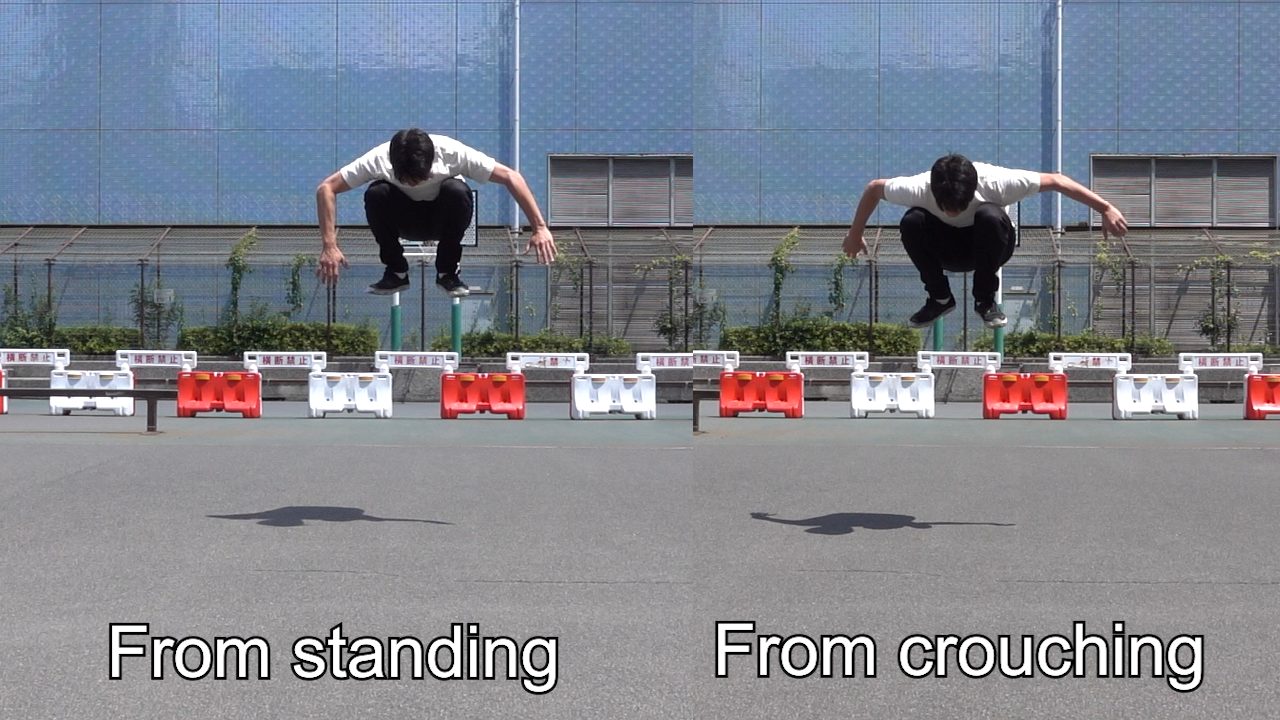
How to Ollie physiologically Step2
Shoulder angle
By having your shoulders parallel to your board, you can squat down lower than when your shoulders are open, which leads to a higher jump.
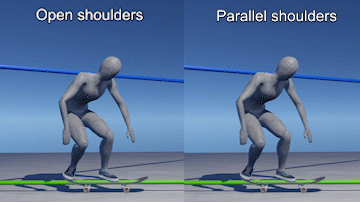
How to Ollie physiologically Step3
Weight distribution
Distributing your weight right between your feet helps you push your board evenly on both feet, which is essential to counteract the downward force you gain by lowering your body. **weight distribution may change depending on what you are trying to do.
You may place your weight somewhere on the front foot side when you want to do a normal Ollie. But if you want to Ollie higher, I recommend placing it right in between your feet.)
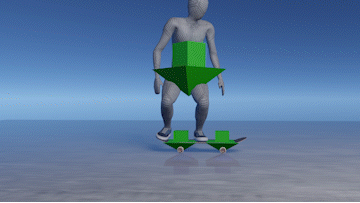
Utilization of SSC
To fully utilize the effect of SSC, you should avoid holding your movement too long after crouching down, as it also messes with your balance. Beginners tend to do this either because they want to adjust their balance or by hesitating. Practice crouching straight down to where you want to be and jumping back up without spending too long.
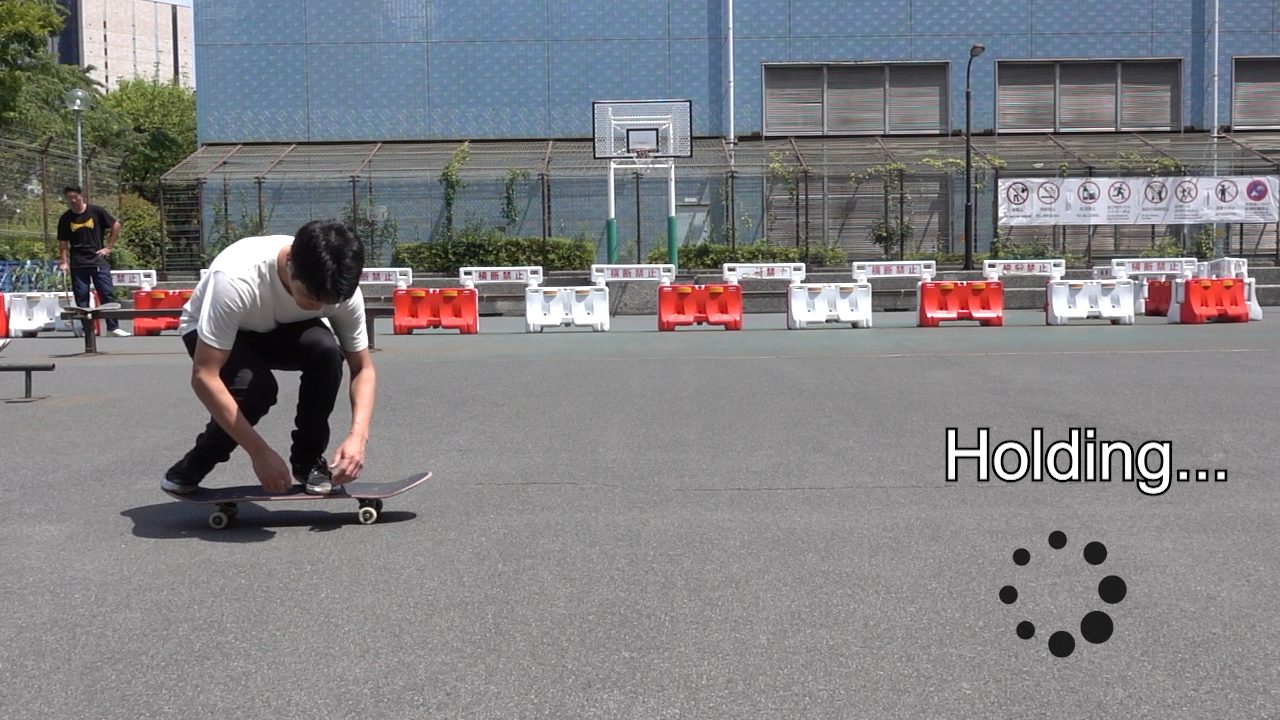
Straight knees for maximum power
By pushing down your board, the ground pushes your body back upward and lifts its center of gravity. At this point, the pressure on the left foot starts to decrease. But remember, your lower body's still bent, and this is not the right time to pop.
Returning to the function of the quads, you should fully contract them so your knee straightens. In other words, if your knee's still bent, it is still pressing the ground. Give it a snap of a moment and wait until your lower body fully extends.
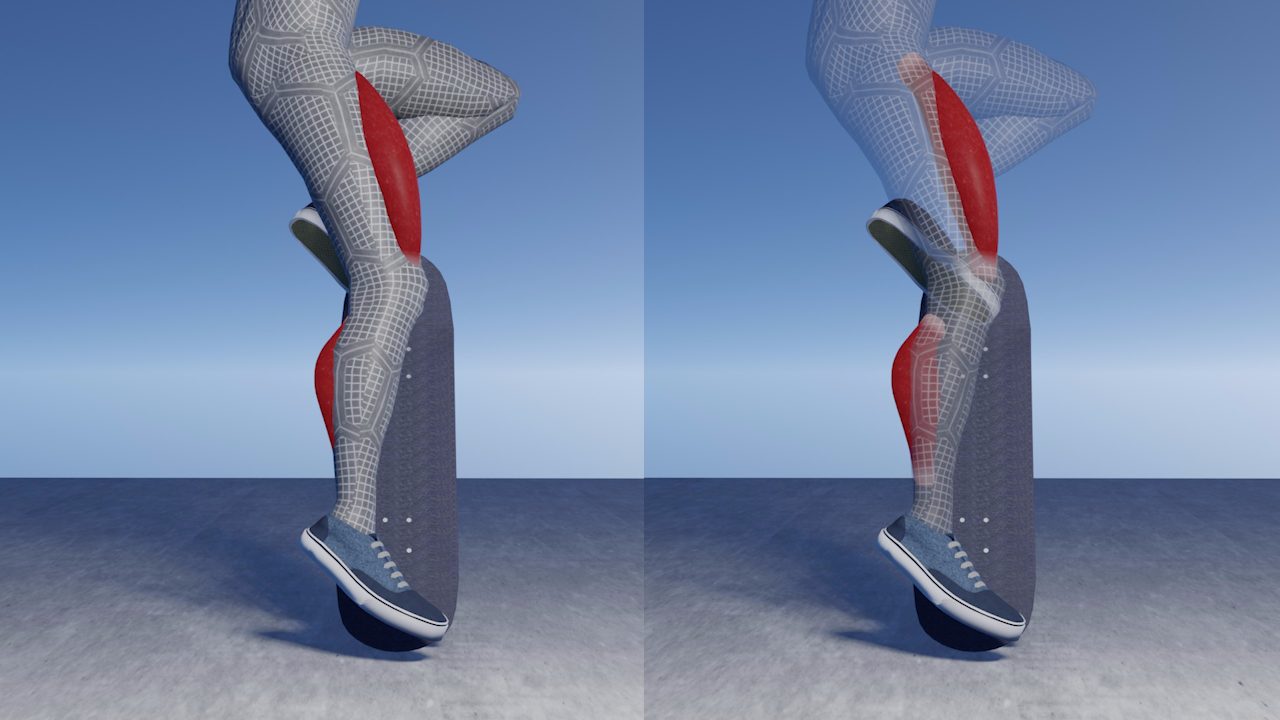
How to Ollie physiologically Step4
Time to pop
Use your back calf and snap the tail with your ankle. At this point, your back hip joint, knee, and ankle should be fully extended. Remember, popping does not lift your body. If you are not getting enough height in your Ollie, consider extending your lower body first and pop AFTER that.
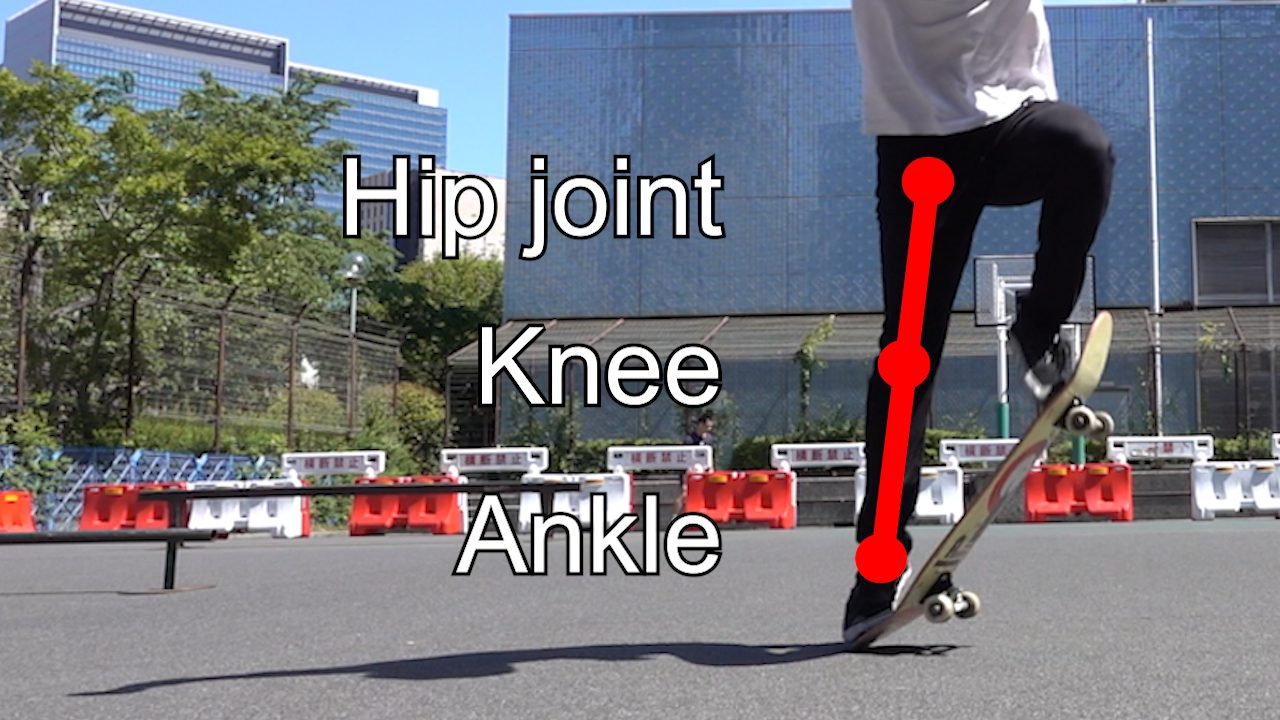
Slide up the front foot
After popping, move on to holding the nose by sliding up your front foot. Please refer to the previous contents for details.
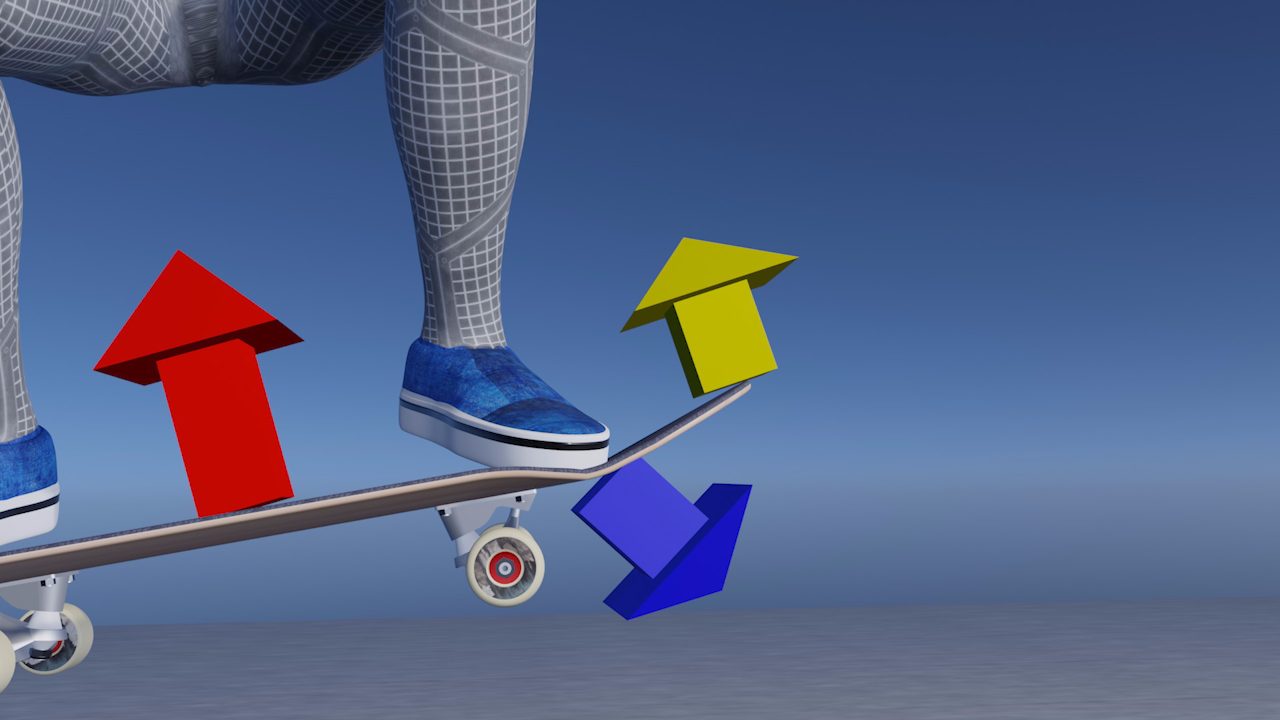
Practice it on the ground
If you need help getting your timing right, try practicing it on the ground. Crouch down and get back up on both feet. Get used to keeping your right foot on the ground after raising your body. Once you can, kick down the ground with your right foot and launch yourself up. This practice and an actual Ollie share the same principles: your back leg should straighten when you leave the ground.
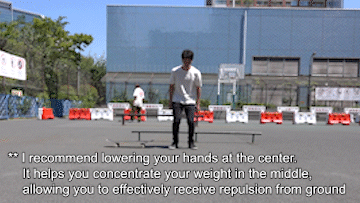
Lastly
Try AI converter and check your posture
I believe I could've shown the importance of extending your knees. The problem is you can't tell if your knee is bent while skating or by looking at a 2D video, which makes it harder to see what's happening in your Ollie. And that's why I offer you an AI motion-capturing system.
Upload your video, and the system automatically converts it into a 3D animation so you can analyze your motion objectively. Since it is 3D, you can change its angle. Slow it down and display gridlines to see how much your knee is bent.
